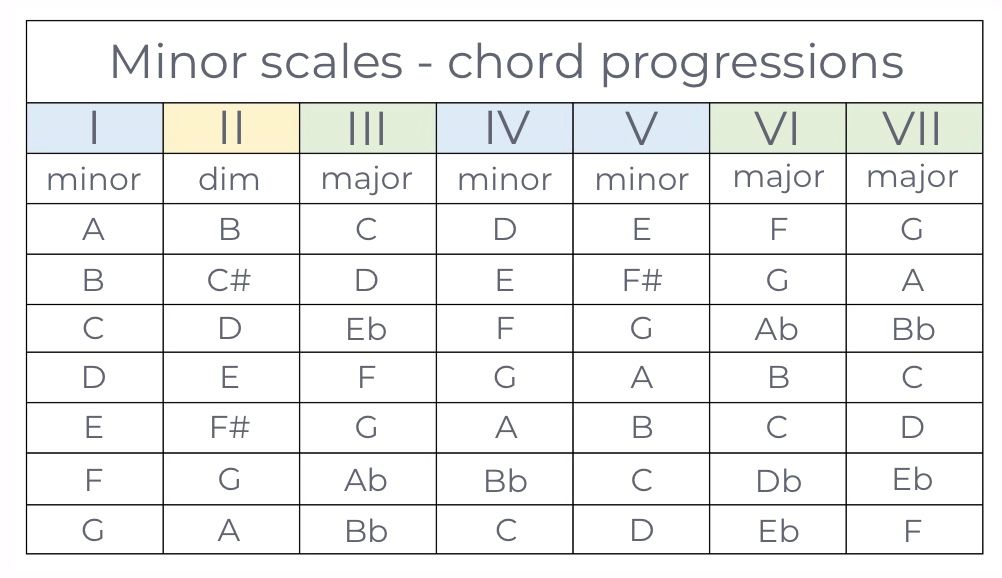

the responses are very similar,” he said. Next, Palmer and his research team plan to study participants in Turkey where traditional music employs a wider range of scales than just major and minor. Similarly, happy faces were paired with yellow and other bright colors and angry faces with dark red hues. Upbeat music in major keys was consistently paired with happy-looking faces while subdued music in minor keys was paired with sad-looking faces.

Two subsequent experiments studying music-to-face and face-to-color associations supported the researchers’ hypothesis that “common emotions are responsible for music-to-color associations,” said Karen Schloss, a postdoctoral researchers at UC Berkeley and co-author of the paper.įor example, the same pattern occurred when participants chose the facial expressions that “went best” with the music selections, Schloss said. Separately, they rated each piece of music on a scale of happy to sad, strong to weak, lively to dreary and angry to calm. Participants consistently picked bright, vivid, warm colors to go with upbeat music and dark, dull, cool colors to match the more tearful or somber pieces. The palette consisted of vivid, light, medium, and dark shades of red, orange, yellow, green, yellow-green, green, blue-green, blue, and purple. In the first experiment, participants were asked to pick five of the 37 colors that best matched the music to which they were listening. In three experiments, they listened to 18 classical music pieces by composers Johann Sebastian Bach, Wolfgang Amadeus Mozart and Johannes Brahms that varied in tempo (slow, medium, fast) and in major versus minor keys. Nearly 100 men and women participated in the UC Berkeley music-color study, of which half resided in the San Francisco Bay Area and the other half in Guadalajara, Mexico. Karen Schloss and Stephen Palmer have collaborated on several studies on the psychology of color. Artists such as Wassily Kandinksky and Paul Klee may have used music-to-color synesthesia in their creative endeavors.
#EMOTION OF MUSIC KEYS MOVIE#
An example of sound-to-color synesthesia was portrayed in the 2009 movie The Soloist when cellist Nathaniel Ayers experiences a mesmerizing interplay of swirling colors while listening to the Los Angeles symphony. They may also provide insight into synesthesia, a neurological condition in which the stimulation of one perceptual pathway, such as hearing music, leads to automatic, involuntary experiences in a different perceptual pathway, such as seeing colors. Right now, the colors and patterns appear to be randomly generated and do not take emotion into account, researchers said.
#EMOTION OF MUSIC KEYS SOFTWARE#
For example, they could be used to create more emotionally engaging electronic music visualizers, computer software that generates animated imagery synchronized to the music being played. The findings may have implications for creative therapies, advertising and even music player gadgetry. At the conference, a color light show will accompany a performance by the Northern Sinfonia orchestra to demonstrate “the patterns aroused by music and color converging on the neural circuits that register emotion,” he said. “Surprisingly, we can predict with 95 percent accuracy how happy or sad the colors people pick will be based on how happy or sad the music is that they are listening to,” said Palmer, who will present these and related findings at the International Association of Colour conference at the University of Newcastle in the U.K. Using a 37-color palette, the UC Berkeley study found that people tend to pair faster-paced music in a major key with lighter, more vivid, yellow colors, whereas slower-paced music in a minor key is more likely to be teamed up with darker, grayer, bluer colors. Our emotions can color the music we hear.


 0 kommentar(er)
0 kommentar(er)
